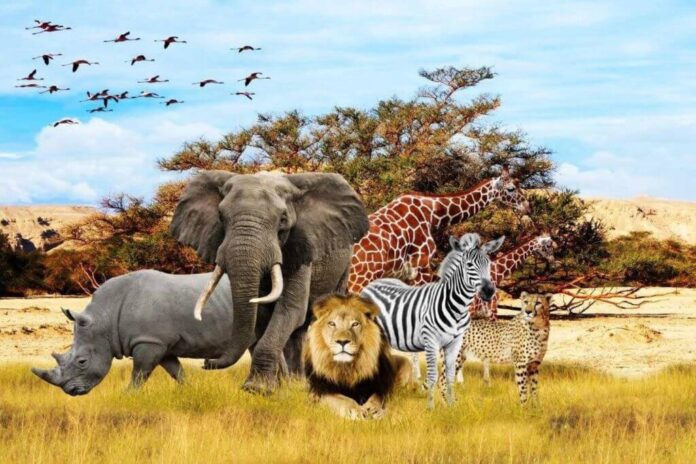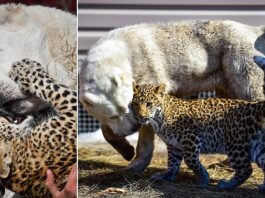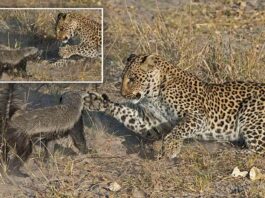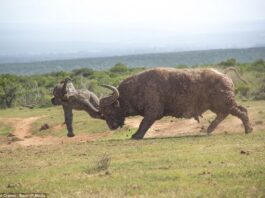Africa, the world’s second-largest and second-most-populous continent, is one of the most culturally varied locations on the globe. Beyond the human presence, of course, is Africa’s renowned wildlife, which calls the continent’s spectacular natural surroundings home. Africa’s amazing wildlife, from rhinoceros to zebras and beyond, are a tribute to nature’s awesomeness. This article looks at ten iconic animals that can only be found in Africa.
African Elephant
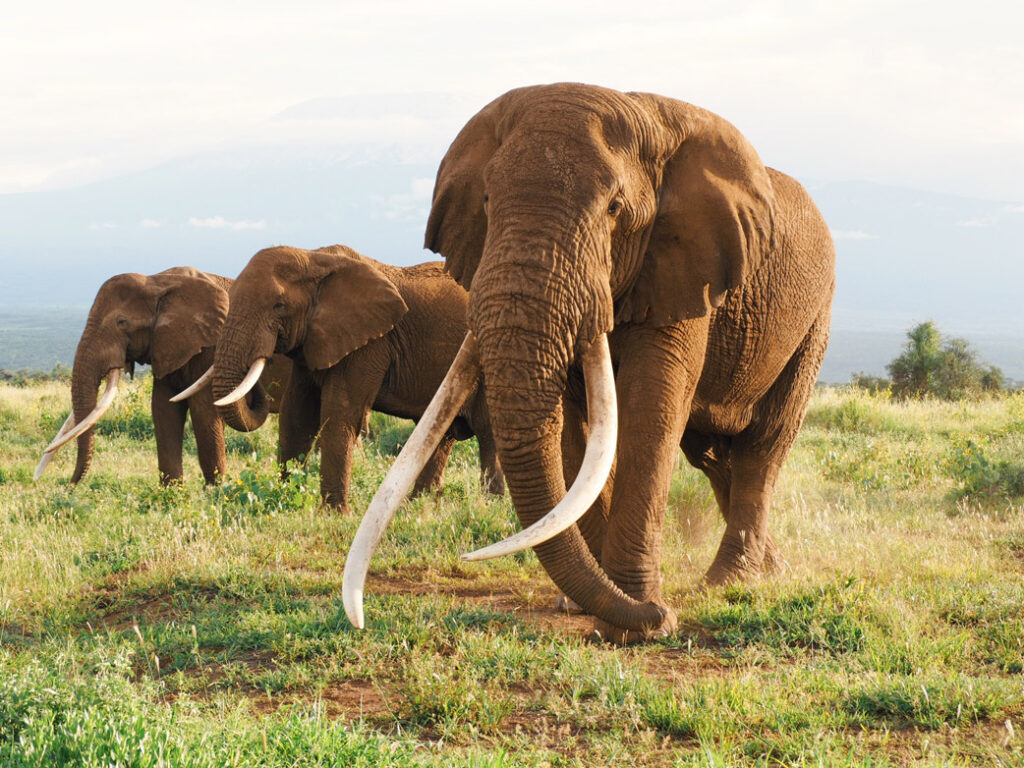
It is the world’s largest terrestrial mammal, measuring up to 24 feet tall and weighing an incredible 6 tonnes! This beautiful elephant has two separate subspecies that are native to huge areas of central and southern Africa: the Bush Elephant and the Forest Elephant. The former is the largest, with curving tusks that contrast with the Forest Elephant’s straighter ones. Unfortunately, the African Elephant remains a popular target for poachers seeking ivory tusks, and up to 8% of its population is lost each year. Though not endangered, there are only about 415,000 African Elephants left in the wild.
Kudu

The kudu is a vulnerable antelope with two subspecies that live in parts of eastern and southern Africa. The Greater and Lesser Kudu are both brilliantly striped creatures with long horns, with the Greater reaching a maximum height of five feet and the Lesser reaching a maximum height of four feet. These animals, however, can be difficult to notice, and they frequently seek cover in deep trees and bushes to evade predators. If big groups are encountered, it is most likely that they are all females who are extremely protective of themselves and their calves. Males have been seen to be more isolated and aloof, with the exception of mating season!
Black And White Rhinoceros
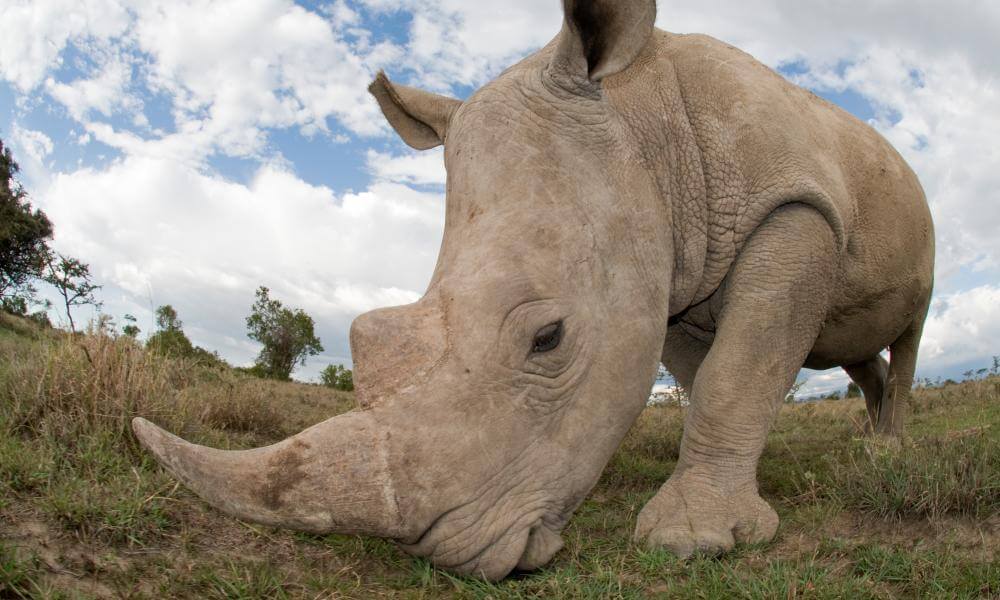
The White and Black Rhinoceros can be found in eastern and southern Africa, yet these magnificent beasts are still fighting for their lives. As a result of years of unlawful hunting and poaching, just about 27,000 wild rhinos survive today, making them an endangered species. Rhinoceroses, which are widely hunted for their horns, can grow to be five feet tall and weigh up to 2,000 pounds, but this varies across species. Although rhinos are typically lonely and gentle animals, they can become aggressive and have been known to charge and gore viciously if challenged.
Ostrich
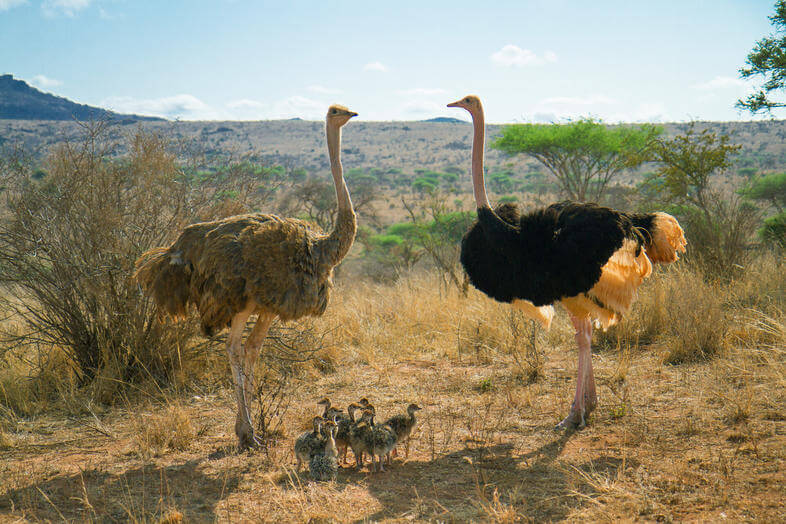
Ostriches are one of the most fascinating birds on the planet, and they hold multiple world records. They are the largest and heaviest bird species, the quickest moving birds (despite not being able to fly), and lay the largest eggs. The Ostrich is a unique species, weighing between 200 and 280 pounds, attaining a top speed of 70 kilometers per hour, and producing eggs weighing up to three pounds. These magnificent birds, which are divided into two subspecies, the Common Ostrich and the Somali Ostrich, may be found throughout the sub-Saharan region including the legendary Horn of Africa. Females can stand an incredible six feet tall, but some males have been measured at nine feet! But don’t be fooled by these seemingly placid animals. When agitated, ostriches will not only charge rapidly, but they will also kick and fight any enemies with their powerful legs.
Hippopotamus
Hippopotamuses, named after an old Greek term that means “river horse,” are widespread over much of Sub-Saharan Africa, particularly in the central and southern regions. They can be found in at least 29 of Africa’s 54 countries, but their numbers have declined because to poaching and natural habitat loss. Conservationists consider wild hippos to be a fragile species, with approximately 130,000 remaining. Hippos are the third largest land mammal (after elephants and rhinoceros), with males weighing up to 3,000 pounds and females coming in at 2,800 pounds! These giants, who have an average lifespan of 50 years, live largely in swamps and rivers, however they can spend up to six hours on land grazing on grass and other vegetation. Hippos may consume up to 80 pounds of food in a single feeding! Despite their benign appearance, hippos are notorious for their violent temperament, and their enormous fangs and lips threaten any predator that ventures too close.
Zebra
The zebra is undoubtedly one of the most recognizable creatures in the world, inspiring generations of people all over the world. Zebras are native to eastern and southern Africa and are members of the horse family. In the wild, they have a population of roughly 750,000. The modest Zebra is a favored prey item for lions, hyenas, cheetahs, and other carnivores, and its diet consists primarily of plants and wild grasses. Illegal hunting and poaching for their unusual pelts have harmed Zebra populations, and the Grevy’s Zebra species has been designated as endangered. Nonetheless, significant conservation and reproductive efforts have been made to ensure that these wonderful animals have another day in the sun.
Spotted Hyena
The native habitat of the Spotted Hyena, often known as the “Laughing Hyena,” ranges all the way across Sub-Saharan Africa and into eastern and southern Africa. This ferocious scavenger, hunter, and carnivore eats whatever it can get its hands on and has been known to attack animals as large as wildebeests and as little as lizards. Spotted Hyenas are among the most fascinating wild creatures in Africa, distinguished by their whooping voice, spotted fur, rounded head, and pointed ears.
Giraffe
The Giraffe, the world’s tallest animal, is known for its long neck and brilliantly spotted coat. Males can grow to be 19 feet tall, while females can grow to be 15 feet tall. Even infants are tall, with a newborn calf reaching a height of at least 6 feet! Giraffes are native to the African continent and can be found as far north as Chad and as far south as South Africa. With a diet consisting of plants, leaves, fruits, and other herbivorous items, the Giraffe also boasts an astounding 21-inch tongue. This adaptable organ also allows it to reach objects in trees or plants that are stuck to other plants.
The African Civet
African civets are distributed throughout Sub-Saharan Africa and weigh between three and ten pounds. Some Ostrich eggs are actually larger than a fully fledged adult Civet! Civets, which live for around 12 years in the wild, are sought after by hunters for their pelts and secretions, which are utilized in the production of some perfumes. Though they appear little and cuddly, African Civets are ferocious omnivores who eat anything from plants to insects and even birds. Civets spend much of the day sleeping and resting, so they perform most of their feeding at night and can easily blend in with their black markings and darkened faces.
Hartebeest
The Hartebeest is an antelope known for its huge stature, elongated face, and elaborate horns. Up to eight different subspecies of Hartebeest have been identified and may be found all across central, western, and southern Africa, weighing up to 440 pounds and towering just over three feet tall. Hartebeests are a non-aggressive mammal that may live in the wild for up to 15 years and are commonly found in big herds of up to 300 members! Hartebeests, a staple of savannah grasslands, have also been seen on high altitude mountain sides up to 12,000 feet high.
The African continent is one of the world’s most diversified natural playgrounds, home to a wide range of magnificent and amazing wildlife. From the immense Savannah to the Horn of Africa, Africa’s nature is certainly a sight to behold. Each of these species, whether a towering elephant or a small civet, exemplifies why African wildlife is among the most unusual on the globe.
